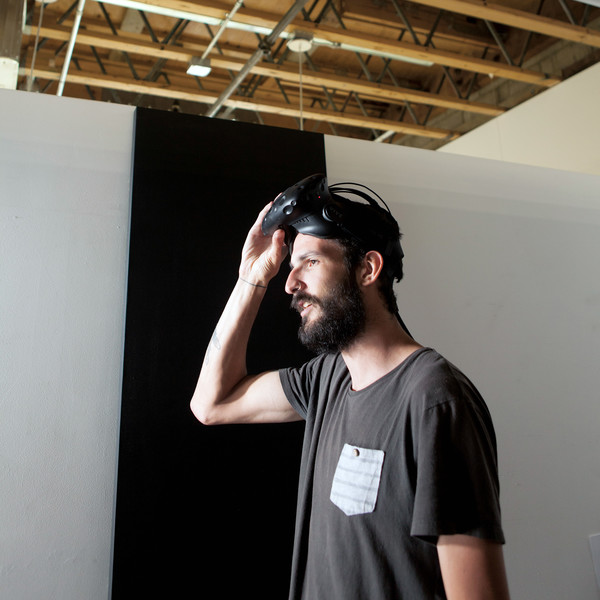
feature / alumni / faculty / student / environmental-design / designmatters
July 25, 2013
Writer: Sylvia Sukop
ArtCenter Student Wins Armenian Genocide Memorial Competition
Three columns leaning into one another form a tripod 16 feet tall; from its highest point a single drop of water falls into a carved-stone basin every 21 seconds, each “teardrop” representing one life lost; over the course of a year, 1.5 million tears will fall, the estimated number of victims of the Armenian Genocide of 1915 to 1921.
By unanimous vote in January, at the conclusion of a two-phase competition, the Pasadena Armenian Genocide Memorial Committee (PASAGMC) selected this simple yet deeply symbolic design by undergraduate Environmental Design student Catherine Menard. The public artwork, whose dedication in April 2015 will coincide with 100th anniversary commemorations of the Armenian Genocide, is planned for a proposed site in Pasadena’s Memorial Park.
During a Fall 2012 intensive Designmatters studio class led by Environmental Design instructor James Meraz, six ArtCenter students developed memorial proposals and submitted them to the competition. Two of the students—Menard and her classmate J.D. Clark—were selected as finalists by PASAGMC’s independent panel of judges, an impressive achievement in a field of competitors that included many seasoned professionals.
At first I felt unworthy. Who am I to respond to such loss? But art lends itself to the deepest, darkest parts of human experience.
Catherine MenardDesign competition winner

“We were deeply impressed by Catherine, who developed and presented an emotionally compelling design for a historical event that she initially knew nothing about,” said Committee Chair William M. Paparian, an attorney and former mayor of Pasadena. “We hope that this memorial will inspire a similar emotional connection in those who encounter it, for generations to come.”
Greater Los Angeles is home to the largest population of Armenians in the United States, many descended from families persecuted and killed in the genocide. In the course of her research, Menard immersed herself in the historical accounts of the Armenian Genocide as well as the recent history of memorial art, including the Vietnam Veterans Memorial in Washington, D.C., designed by Maya Lin who, like Menard, was a student at the time she won the competition.
“At first I felt unworthy,” said Menard. “Who am I to respond to such loss? But art lends itself to the deepest, darkest parts of human experience. It can create sympathy, empathy, understanding. I wanted to pair this horror with something uplifting and beautiful, to create a way to remember.”





